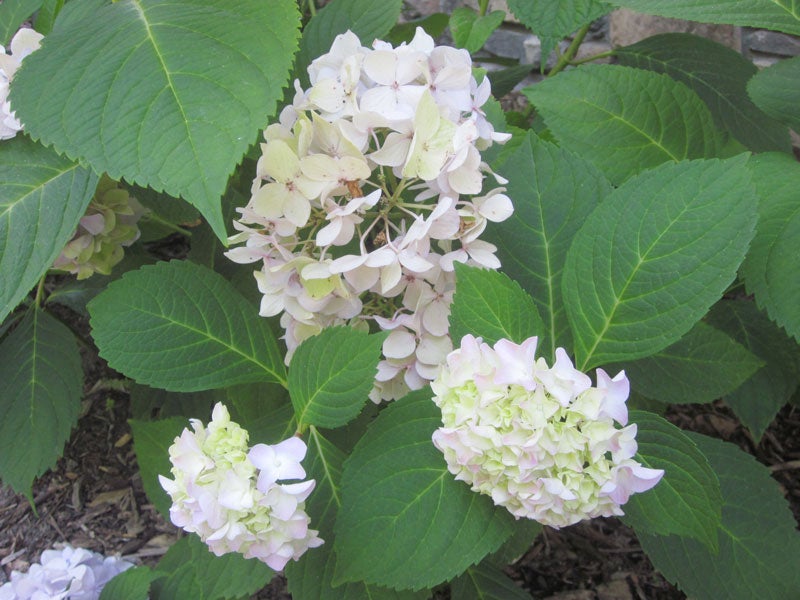Simple precautions help hydrangeas to thrive
Published 4:22 pm Monday, July 27, 2020

- Flower color on the bigleaf hydrangea ranges from blue to pink, depending on a pigment in the plant. The pigment is dependent on the pH of the soil. Blue flowers result from acidic soil (low pH); pink from alkaline (higher pH). Both colors can be found on the same plant resulting from root reach. -- Courtesy Kristi Hendricks
|
Getting your Trinity Audio player ready...
|
By Kristi Hendricks
What could remind me more of summertime visits to Grandma’s house than hydrangeas blooming in the landscape? Watching her spread the morning’s coffee grounds and citrus peelings around vivid blue mopheads — all while still in her cotton nightie — was a sight to cherish. Her efforts resulted in a gorgeous flowering shrub full of mounding color and easy bounce as grandkids of all sizes hid behind branches.
Grandma cultivated the bigleaf hydrangea that sprang into bloom from “old wood” with large globed-shaped flowers. Virginia Cooperative Extensionpublication 3010-1463 explains that Hydrangea macrophylla cultivars offer two fashions of flower heads: hortensias (dome-shape clusters of large sterile flowers hide fertile flowers beneath) and lacecaps (ring of showy sterile florets on the outside with center of smaller fertile flowers).
Flower color on the bigleaf ranges from blue to pink, depending on a pigment in the plant. The pigment is dependent on the pH of the soil. Blue flowers result from acidic soil (low pH); pink from alkaline (higher pH). Both colors can be found on the same plant resulting from root reach.
Newer cultivars often rebloom and flower on new growth. Home gardeners beware that this tender spring growth often attracts deer browsing this time of year. If the deer somehow bypass the foliage, the attractive leaves of these deciduous shrubs shed with autumn’s first cold snap.
Four other hydrangea species are commonly cultivated. Panicle hydrangea (H. paniculate) is sometimes pruned into tree form for hedges or accents given their height. Creamy white flowers appear in mid-summer, turning pink with maturity. Dried ‘Limelight’ panicles add starlight to dried arrangements. Dwarf cultivars are available.
Oakleaf hydrangea (H. quercifolia) is native to the southeast so will perform well in Tidewater. Creamy-white cones of flowers are produced in early summer and turn rose-color with age. This species has prolonged mahogany fall foliage color. Mature stems of the compact ‘Ruby Slippers’ exfoliate for winter interest.
Another native is the H. arborescens (smooth hydrangea). Mid-summer blossoms are pure white gradually developing to pale green. ‘Annabelle’ is popular for massing in partial shade with stunning white flowers in July. Foliage will decline in dry conditions.
Climbing hydrangea (H. petiolaris) is a vigorous clinging vine. Showy white lacecap inflorescences appear in early summer. Note that stems leave a residue that is difficult to remove. Plant to cover a garden arbor or fence, rather than a structure or tree which may be damaged.
Hydrangeas are known to be easy-to-grow shrubs blooming all season long if you take these simple precautions: plant in well-drained soil, avoid overwatering, site with morning sun and afternoon shade, prune now rather than in autumn, and fertilize again in mid-July.





